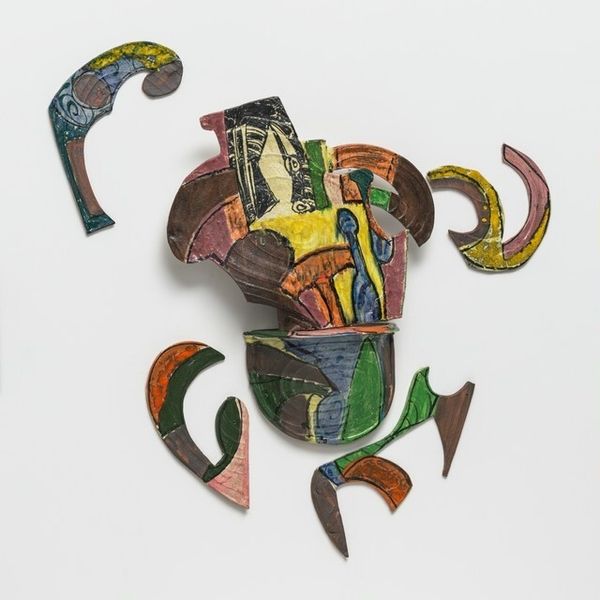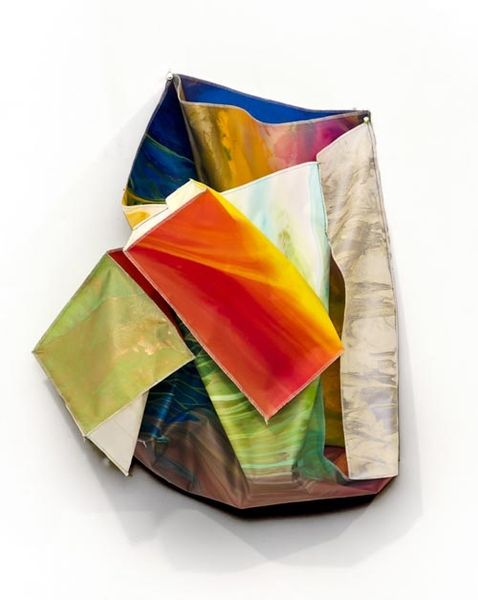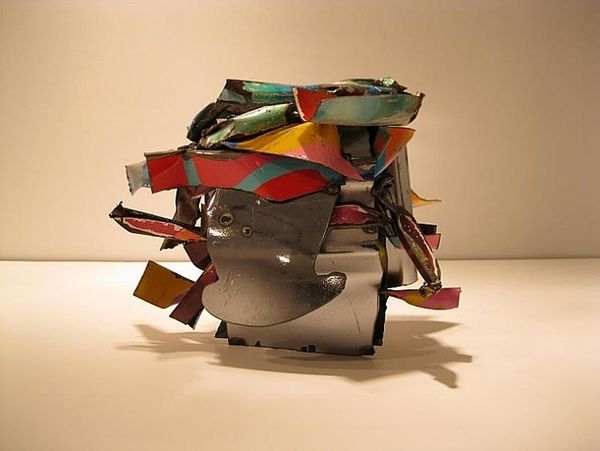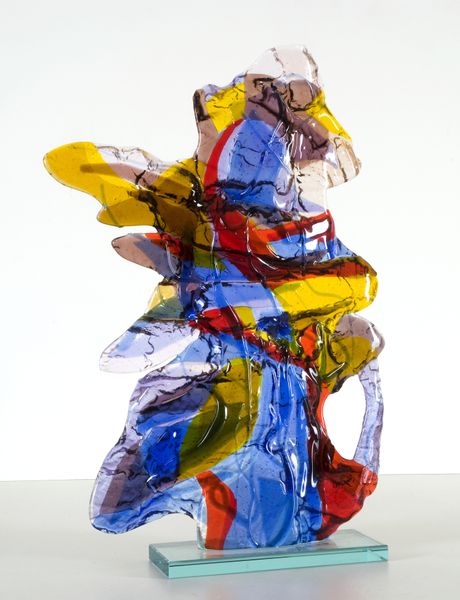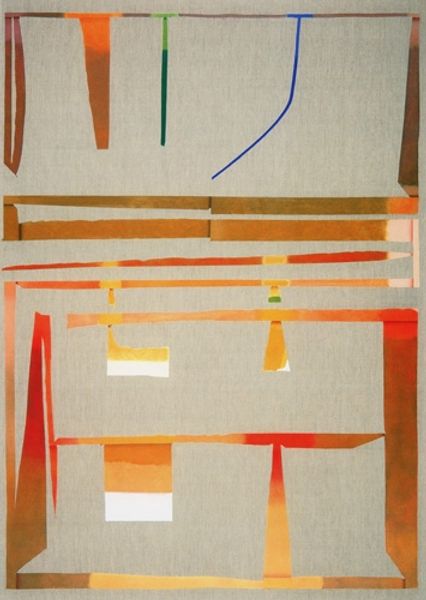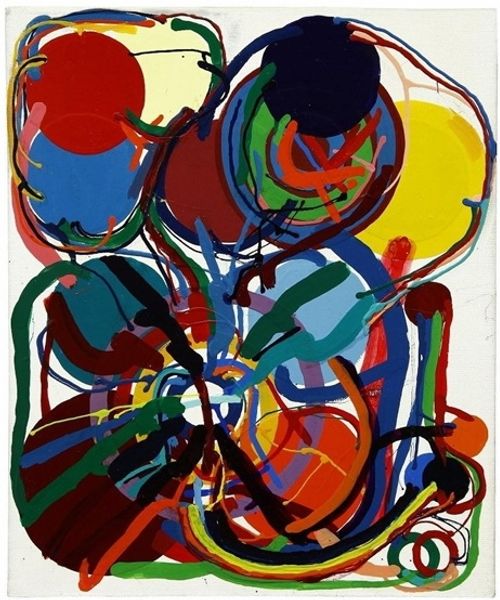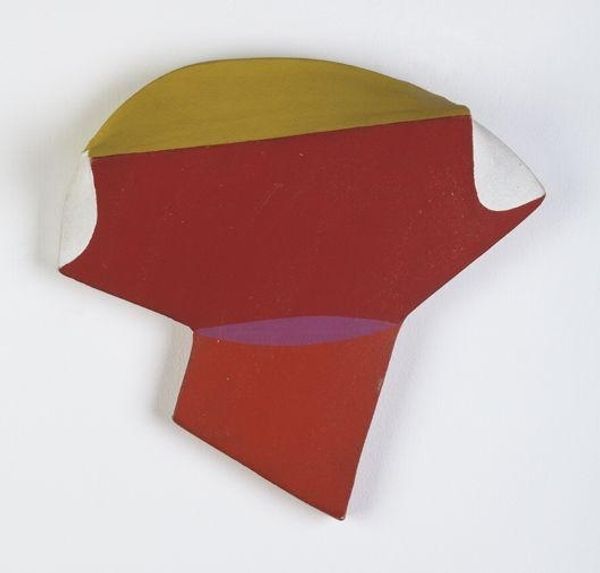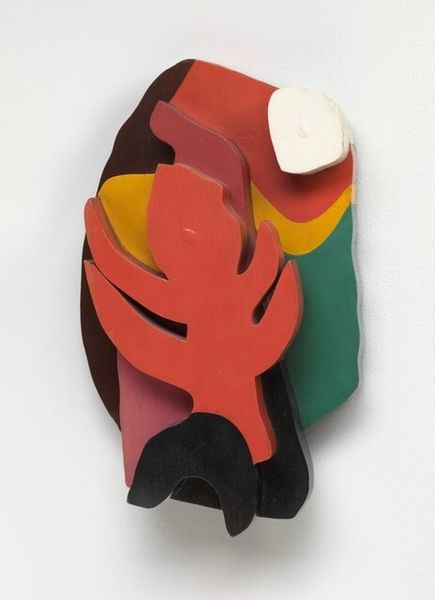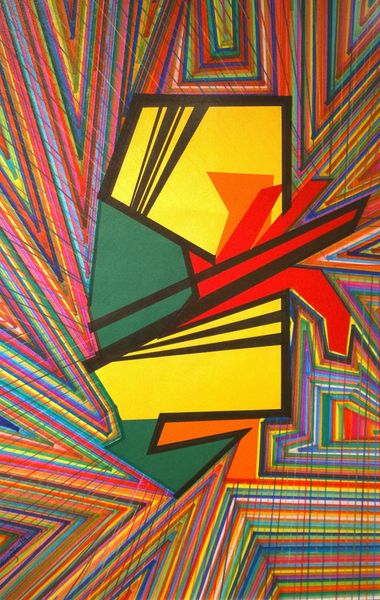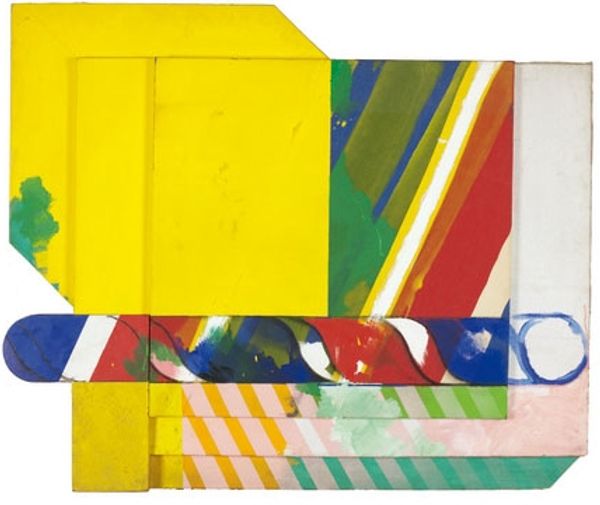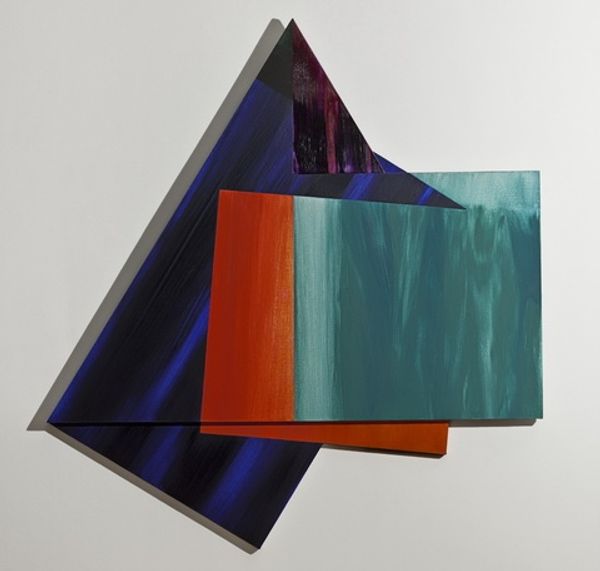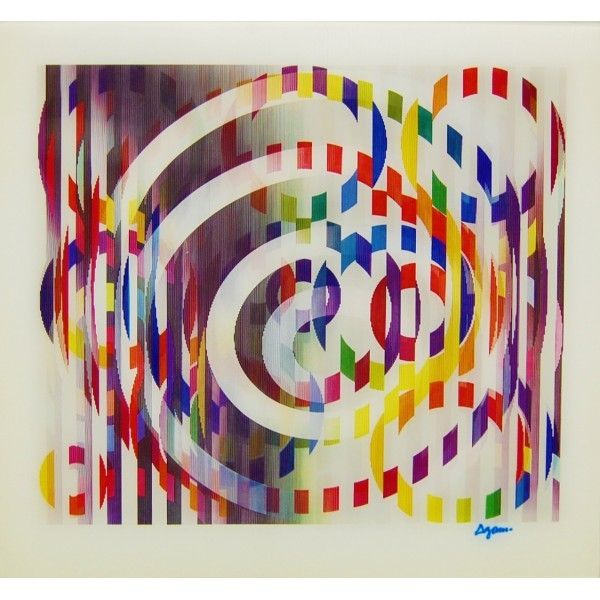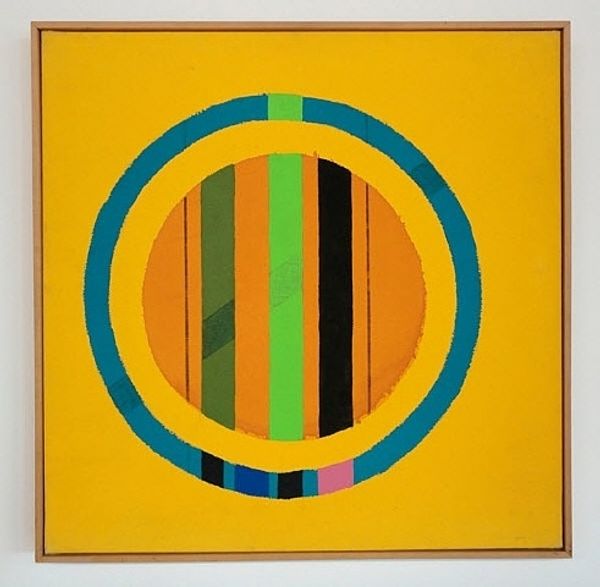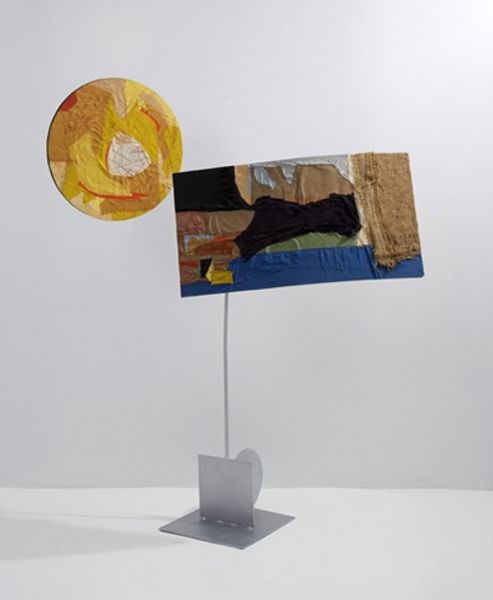
#
washington-colour-school
Copyright: Sam Gilliam,Fair Use
Sam Gilliam was born in 1933 in Mississppi. He’s closely associated with the Washington Color School, a movement which promoted abstract art with an emphasis on bold approaches to shade. The style developed out of the so-called ‘Colour Field Paintings’ which gained prominence during the later years of Abstract Expressionism. This work is unusual in that it takes painting away from the canvas. Here, Gilliam has rejected the constraints of a traditional flat canvas. Instead, ‘Chehaw’ (1990) has a three-dimensional shape formed of multiple overlapping layers of wood. Due to its three-dimensional construction, it’s debatable whether this work belongs to the category of painting or sculpture. What do you think? For me, this work exists in an in-between space which bridges the divide between the artistic categories. ‘Chehaw’ displays an innovative and dynamic approach to conceptualising visual art. It almost reminds me of an optical illusion through the intense sense of improvisation and spontaneity generated by the overlapping surfaces. This prioritisation of movement is known as ‘kinetic art’. Chehaw is an area of Georgia, US, which is named in honour of the community of Native Americans who originally settled in the village. Native American art often incorporated bright natural pigments and intricate shapes. This might explain Gilliam’s choice to use energetic and lively colours. Do you think this sculpture could have been intended as an homage to the indigenous Chehaw tribe? Sam Gilliam has been called a ‘one of the few black American artists welcomed into the mainstream’. He broke barriers and gained huge recognition both in the United States and on an internation scale during the 1960s.
Comments
No comments
Be the first to comment and join the conversation on the ultimate creative platform.
